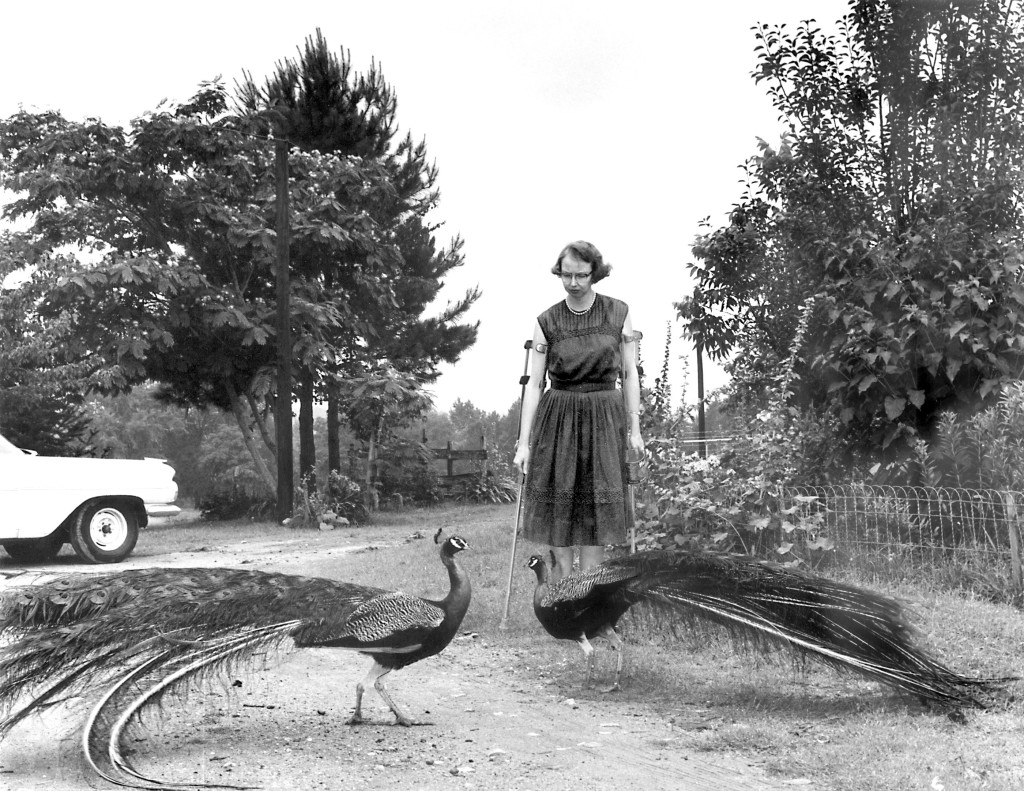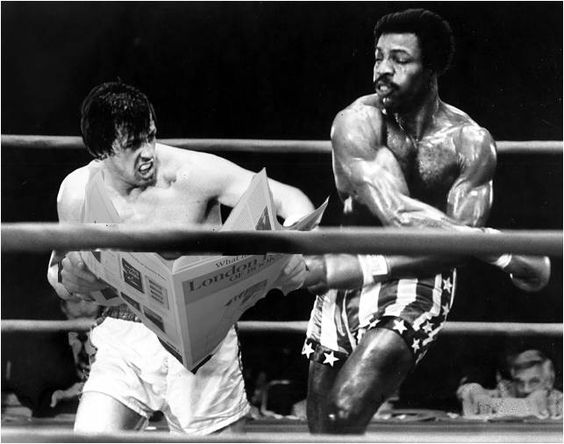A very special total lunar eclipse will grace skies above the Western United States on Frivolous LolaJanuary 31.
That evening, a "super blue blood" moon will rise, giving millions along the West Coast of the United States a chance to witness a special kind of total lunar eclipse.
SEE ALSO: Gorgeous photo shows space station cross the face of the moonThe full moon will pass into Earth's dark shadow in the early morning on Jan. 31, making the moon look at if it's glowing red, hence the name, "blood moon."
Totality should start at about 4:51 a.m. PT.
“Weather permitting, the West Coast, Alaska and Hawaii will have a spectacular view of totality from start to finish,” NASA's Gordon Johnston said in a statement.
 Original image has been replaced. Credit: Mashable
Original image has been replaced. Credit: Mashable People in California and western Canada will be able to see totality from beginning to end, and for folks in the central time zone, the best view of the eclipse should come at about 6:15 or 6:30 a.m. local time, looking to the west, NASA said.
“Unfortunately, eclipse viewing will be more challenging in the Eastern time zone," Johnston said. "The eclipse begins at 5:51 AM ET, as the Moon is about to set in the western sky, and the sky is getting lighter in the east.”
Even though the eclipse will technically begin when the moon is still visible along the East Coast, people in that part of the U.S. likely won't be able to see much of the cosmic show.
The moon will only just start dipping into the Earth's outer shadow -- called the penumbra -- before it sets for people on the East Coast.
Of course, this isn't just your average total lunar eclipse.
This particular full moon has a lot of branding.
Via GiphyThe full blood moon is also a supermoon, meaning that the natural satellite is at its closest point to Earth in its elliptical orbit during its full phase. Because of its closer proximity to Earth, the moon will shine about 14 percent brighter than the moon is at its most distant point in orbit.
This is also the second full moon in a calendar month, making it a blue moon as well.
Hence the name, a super blue blood moon. So hey, use it as an excuse to head outside and look up for a little while.
“I have always been fascinated by the night sky," Johnston said.
"Most of what we can see without a telescope are points of light, but the Moon is close enough that we can see it and the features on it, and notice what changes and what stays the same each night.”
(Editor: {typename type="name"/})
 Best GPU deal: Get the MSI RTX 5080 for $1,249.99 at Best Buy
Best GPU deal: Get the MSI RTX 5080 for $1,249.99 at Best Buy
 The iPhone 12's 0.5 selfie trend is a nostalgic protest against Instagram perfection
The iPhone 12's 0.5 selfie trend is a nostalgic protest against Instagram perfection
 A Road Trip to Flannery O’Connor's Farm
A Road Trip to Flannery O’Connor's Farm
 I used the iPad Air for a week for work — can it replace your laptop?
I used the iPad Air for a week for work — can it replace your laptop?
 Golden State Warriors vs. Los Angeles Lakers 2025 livestream: Watch NBA online
Golden State Warriors vs. Los Angeles Lakers 2025 livestream: Watch NBA online
Apple's newest ad makes a haunting plea to take climate change seriously
 Apple's latest commercial is advertising the Earth.In a rare topical turn for the company, the ad ma
...[Details]
Apple's latest commercial is advertising the Earth.In a rare topical turn for the company, the ad ma
...[Details]
'Golden Bachelor' has an accessibility problem
 The Golden Bacheloris a landmark show, the first in the franchise's more than 20-year history to fea
...[Details]
The Golden Bacheloris a landmark show, the first in the franchise's more than 20-year history to fea
...[Details]
You can now block Instagram from tracking your web activity
 If you're on Instagram, you may want to check out a new feature called Activity Off-Meta Technologie
...[Details]
If you're on Instagram, you may want to check out a new feature called Activity Off-Meta Technologie
...[Details]
'Quordle' today: See each 'Quordle' answer and hints for August 13
 You'd think Saturday would be the most pleasant day of the week, but here comes Quordlepulling you b
...[Details]
You'd think Saturday would be the most pleasant day of the week, but here comes Quordlepulling you b
...[Details]
Wordle today: The answer and hints for January 28, 2025
 Can't get enough of Wordle? Try Mashable's free version now O
...[Details]
Can't get enough of Wordle? Try Mashable's free version now O
...[Details]
'Quordle' today: See each 'Quordle' answer and hints for August 16
 Did you know we're now more than halfway through August? But if you're only halfway through today's
...[Details]
Did you know we're now more than halfway through August? But if you're only halfway through today's
...[Details]
Bottoming TikTok: Meet the creators providing sex education about anal sex
 Anal sex, especially when you’re bottoming, can feel like a game of Russian roulette.Actually,
...[Details]
Anal sex, especially when you’re bottoming, can feel like a game of Russian roulette.Actually,
...[Details]
The largest YouTube royalties heist in history spotlights a much larger problem
 Need an easy way to make $23 million? Have you ever considered just claiming music others uploaded t
...[Details]
Need an easy way to make $23 million? Have you ever considered just claiming music others uploaded t
...[Details]
Wordle today: The answer and hints for January 28, 2025
 Can't get enough of Wordle? Try Mashable's free version now O
...[Details]
Can't get enough of Wordle? Try Mashable's free version now O
...[Details]
#ReadEverywhere, Even in the Ring
 #ReadEverywhere, Even in the RingBy Dan PiepenbringJuly 11, 2016ContestsRocky’s LRB subscription led
...[Details]
#ReadEverywhere, Even in the RingBy Dan PiepenbringJuly 11, 2016ContestsRocky’s LRB subscription led
...[Details]
Wordle today: The answer and hints for January 28, 2025

'Quordle' today: See each 'Quordle' answer and hints for August 16

接受PR>=1、BR>=1,流量相当,内容相关类链接。